
Automakers dedicate themselves to integrating the latest technology and refining existing features to stay ahead of the competition. Sadly, this leads to cars with more systems than necessary and instruments that become overwhelmingly sensitive. The following slides contain 15 of the most disappointing car features that some drivers would prefer to do without.
Complicated Infotainment Systems

Complex infotainment systems in vehicles often pose a significant challenge, as they can be excessively convoluted and cumbersome. These designs, intended to provide entertainment and information while driving, frequently overwhelm users with multiple accessories and submenus, making simple tasks such as adjusting the radio station frustrating. This complexity diminishes the overall user experience and increases the risk of driver distraction, potentially compromising road safety.
Overreactive Proximity Sensors

In cramped situations, such as tight parking spots, oversensitive sensors may misinterpret minor obstructions or nearby objects, leading to unnecessary alerts and frustrations for users. While they intend to enhance safety and aid in maneuvering, their hyper-sensitivity can unknowingly create inconvenience and annoyance in practical scenarios.
Intrusive Lane Departure Warning Systems
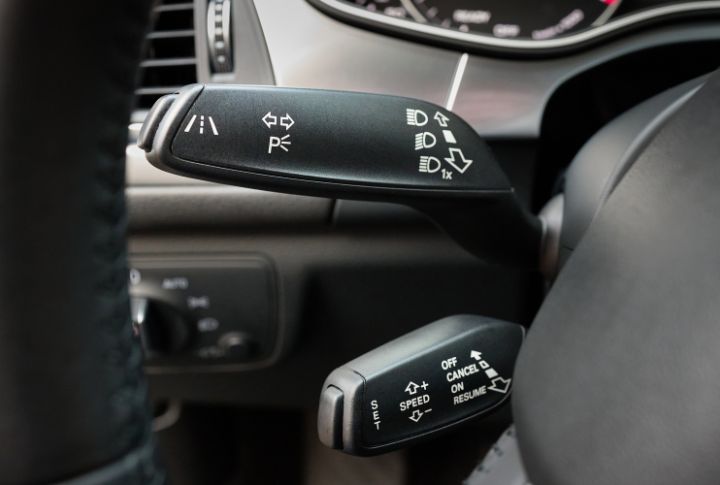
Overactive lane departure warning systems often inundate owners with frequent notifications, potentially leading to distraction and annoyance. While designed to enhance safety by notifying users when they mistakenly drift out of their lane, they may generate false alarms, especially if road markings are unclear. Consequently, rather than fostering a sense of security and confidence, these excessive warnings can erode trust in the system’s reliability and effectiveness.
Overly Aggressive Automatic Braking

Characterized by frequent and abrupt activations, these over-aggressive mechanisms sometimes result in startled reactions and a sense of diminished control over the vehicle. When the system overly prioritizes safety to the extent of causing discomfort or anxiety, it undermines their confidence in the technology. As cars integrate advanced safety gadgets, balancing proactive safety measures and preserving driver comfort becomes paramount.
Unintuitive touch-sensitive controls
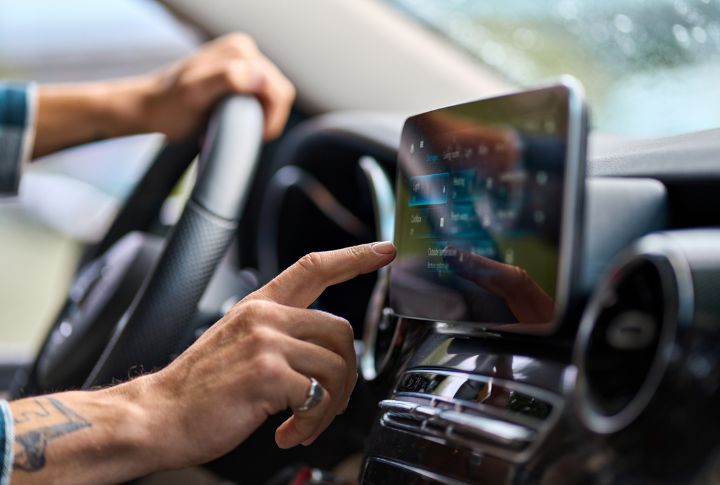
Touch-sensitive controls, meant to streamline operations and enhance user experience, often fall short, causing users to struggle to locate desired functions swiftly. The discrepancy between expectation and reality can lead to diminished satisfaction, impacting the overall perception of the vehicle’s usability and design quality. Additionally, such controls may pose safety concerns by diverting attention from the road as they navigate menus.
Excessive Road Noise Insulation

While it’s crucial to incorporate road noise insulation in vehicles to ensure a peaceful driving environment, excessive insulation can inadvertently create a sense of detachment from the road. This over-insulation may diminish the tactile connection necessary for driving, as they might feel disconnected from the road conditions and surroundings. Moreover, an excessively insulated cabin could dull important auditory cues, like approaching emergency vehicles.
Oversensitive Automatic Headlights

When headlights become too reactive, they may react too quickly to minor changes in ambient light, causing them to switch on and off frequently. This fluctuation can disrupt the driver’s focus and potentially annoy other road users. At night, this overreaction becomes particularly problematic, as unexpected alterations in lighting conditions can result in erratic behavior, such as unnecessary activation or deactivation of the headlights.
Excessive Number Of Driver Assistance Features
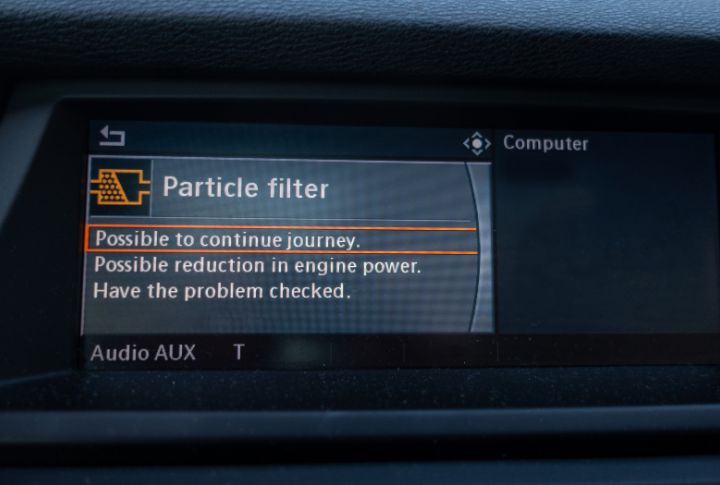
Despite their intended purpose of enhancing safety, too many driver assistance features may inadvertently burden owners with notifications. Though designed to provide valuable assistance, an overload of information can diminish the driver’s ability to focus on the road and make timely, informed decisions. Moreover, constant messages may desensitize drivers to genuine hazards as they become accustomed to dismissing alerts.
Hyper Sensitive Collision Warning Systems
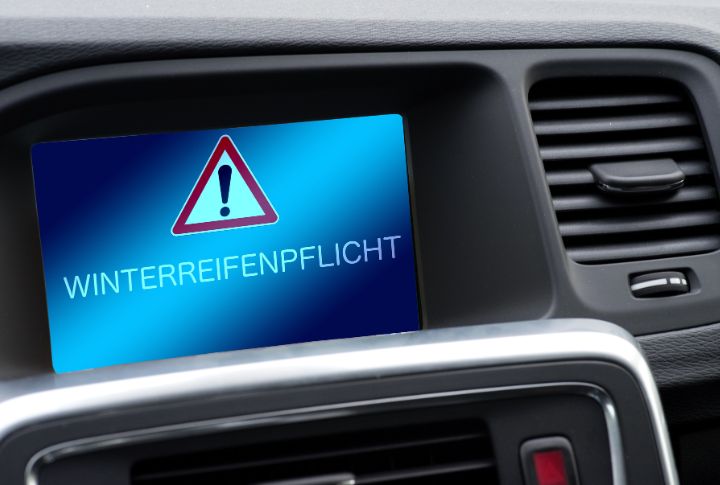
Frequent false alarms or excessive reactions to minor obstacles pose significant drawbacks for drivers, generating irritation rather than enhancing safety. Constant alerts for non-threatening situations can lead to desensitization, where people ignore warnings altogether, likely increasing the risk of accidents by disregarding genuine alarms. While collision warning instruments aim to improve road safety, their overreaction can exacerbate driver dissatisfaction and compromise overall effectiveness.
Complicated Smartphone Integration Systems

Intricate setup procedures or the absence of intuitive user interfaces are challenging for those who depend on seamless connectivity for navigation, music playback, and communication. Beyond elevating frustration levels, they compromise safety as drivers struggle to navigate or troubleshoot connectivity issues while driving. Thus, they can become sources of distraction, underscoring the necessity of intuitive design and user-friendly interfaces.
Excessive Adaptive Cruise Control
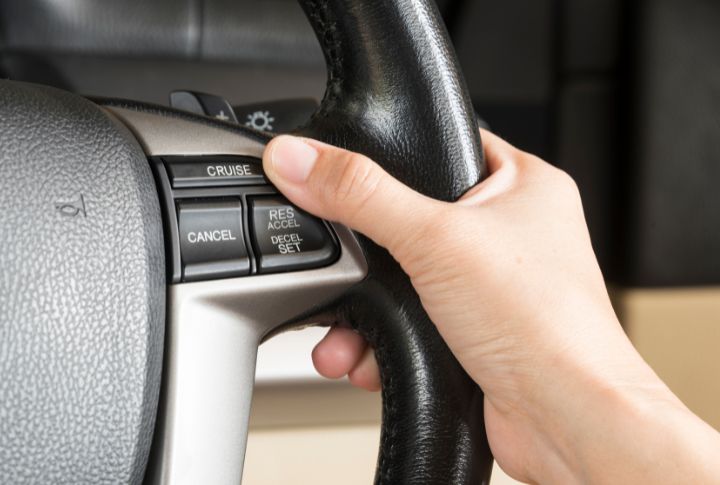
Adaptive cruise control units, designed to adjust speed based on surrounding traffic conditions, can inadvertently cause problems if they react too sharply to changes in traffic flow. Instead of smoothly adjusting speed, the mechanism may brake abruptly or accelerate forcefully, resulting in discomfort for passengers. The abrupt shifts in speed also increase the likelihood of rear-end collisions, as vehicles following closely behind may not anticipate such sudden maneuvers.
Complex Voice Recognition Systems
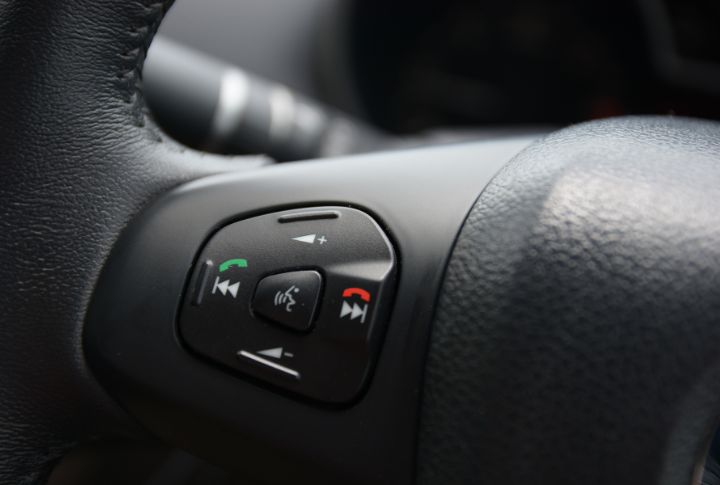
If voice recognition instruments become too complicated, they may require precise user commands. They’ll struggle to interpret natural language accurately, requiring users to memorize specific phrases or commands, which can be cumbersome in dynamic driving environments. Frustration also arises if users repeat commands multiple times or resort to manual input. Additionally, the cognitive load imposed by these gadgets can distract the driver.
Extremely Sensitive Tire Pressure Monitoring Systems

Tire pressure monitoring systems’ extreme sensitivity can be frustrating because they trigger frequent false alarms or react to minor pressure fluctuations. If they consistently provide inaccurate readings or respond to insignificant changes in pressure, users may begin to ignore them more often. Such sensitivity undermines the system’s reliability and diminishes driver trust.
Confusing Gesture Control Features

Gesture control features are challenging when they lack an intuitive design or demand precise operating gestures. Such intricacies often lead to frustration, as executing the required gestures becomes cumbersome and error-prone. The complexity may stem from a lack of user-friendly designs, inadequate feedback mechanisms, or overly reactive gesture recognition systems.
Multiplied Driver Profile Settings

This problem refers to vehicles offering an overwhelming array of customizable options. These settings can include anything from seat positioning and climate control preferences to entertainment system configurations and driving mode selections. While personalization is desirable, many choices can confuse people, especially those new to the technology or who prefer simplicity.
